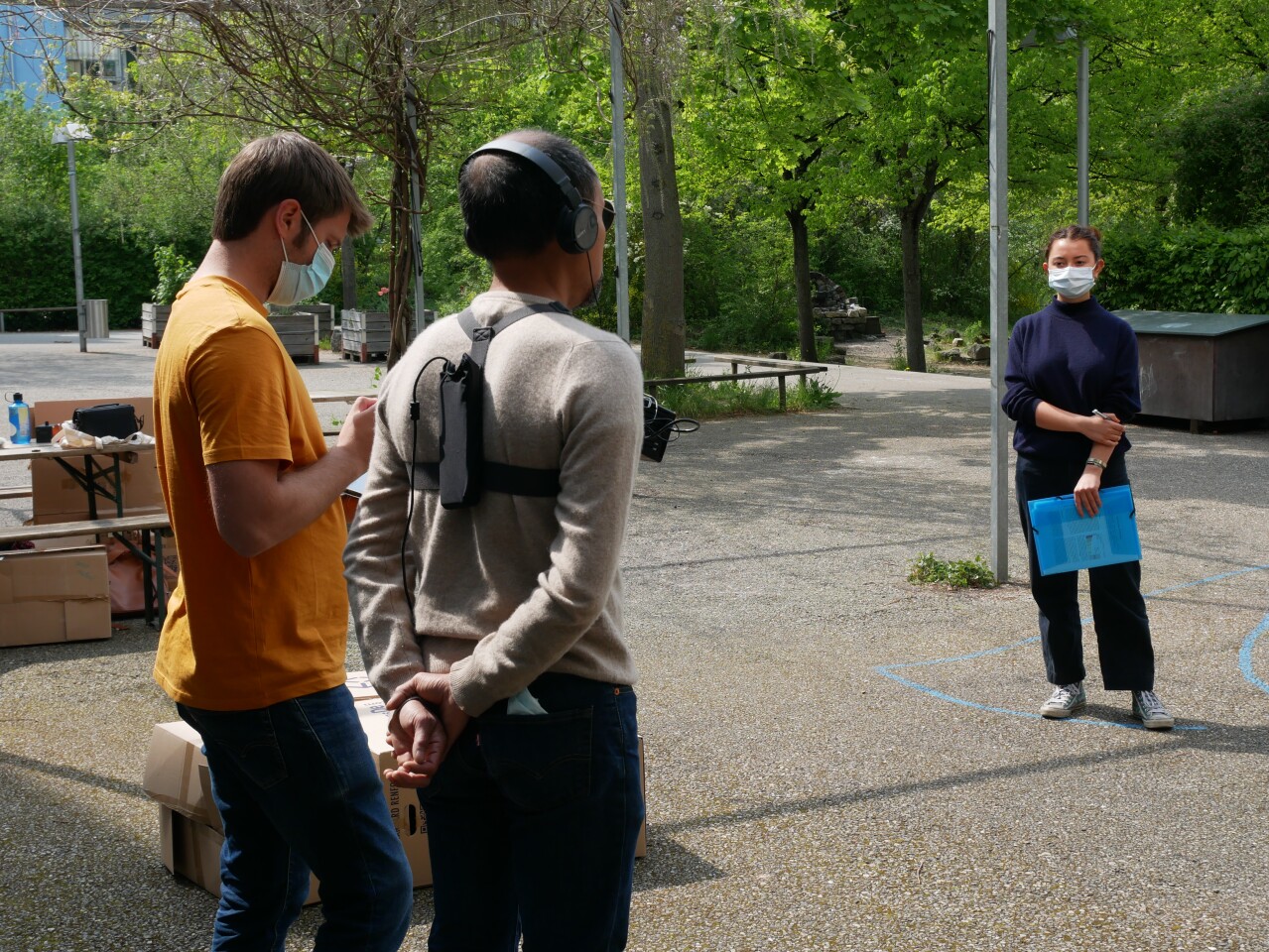Self-driving cars that are present in the market make use of the cameras to avoid collisions with other vehicles or pedestrians. It is interesting to note that the biped wearable device applies that same principle to guiding the blind as they walk along city streets.
Designed by a Swiss startup of the same name, biped takes the form of a harness that is supposed to be worn over the shoulders, and that is wirelessly paired to a third-party set of headphones (it’s also compatible with wired models). The company strongly advises using bone conduction headphones, which leave the ears open so users can still hear the environment.
There is a set of 3D infrared cameras on the front of the device that captures a 170-degree view of the street in front of the wearer. An AI-based software running on an integrated microprocessor identifies 10 different types of both stationary and moving objects in the video feed.

By tracking the trajectory of those objects and/or the user, the system determines if a collision is imminent. If a collision is predicted, the user is warned through a directional audio signal in the headphones. If the obstacle is on the left, for example, the signal is heard in the left ear.
Furthermore, the system can also be used for GPS-based navigation, with a different type of signal which lets the users know when and in which direction to turn.

The device has a lithium battery, and its one charge lasts for around 6 hours of use. The device itself reportedly weighs less than 900 g (2 lb.) and is intended to be used along with a white cane.
The biped company is currently looking for beta-testing volunteers who will provide feedback after trying the current version of the device out in real-world conditions. Those people will also be the first to have the chance to preorder the final commercialized version of the biped.


